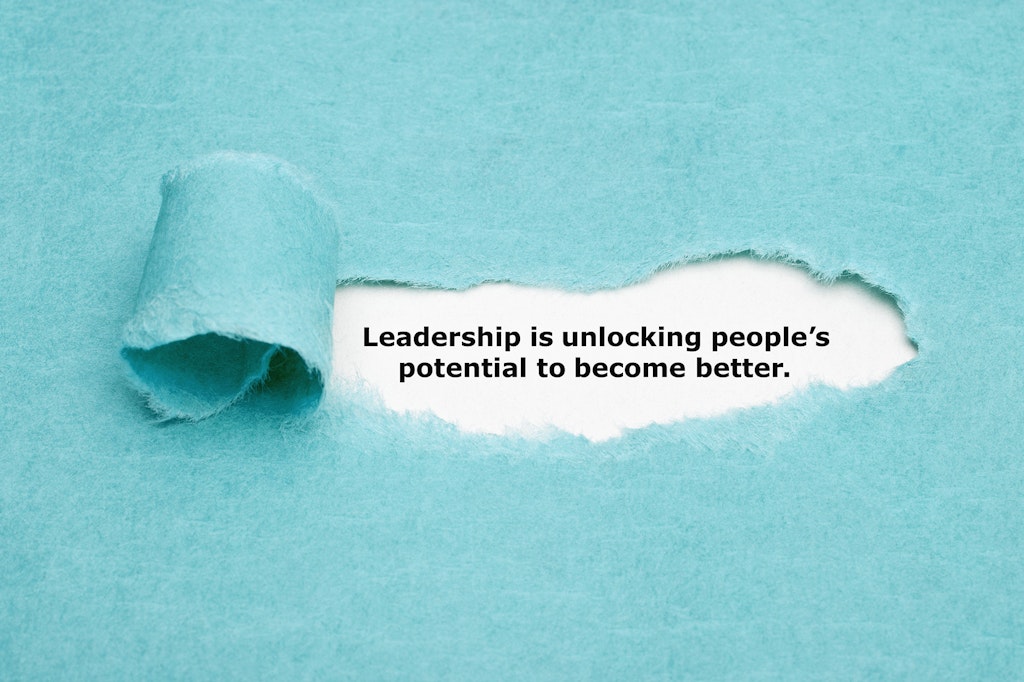Leading and motivating a team through change

Ben Taylor GUEST CONTRIBUTOR
Enhanced Lifestyles Incorporated - Customer Care Manager
Last updated on 14 June 2024

Change in any organisation is inevitable. As leaders in a business, we want to be able to manage change for our people, but this has become increasingly challenging over the past few years as we have lived through a global pandemic that has enforced change on us all, especially in aged care.
We have had to adapt to ever-changing conditions which have had a major impact on individuals and organisations, and we see the effect this has daily. Our ability to adapt to this change is fatigued and so things that wouldn’t be an issue before are becoming a major thorn in our side leading to many different feelings and often showing up as anger and frustration.
As leaders, we need to help people work through these changes whilst they are in a fatigued state so we can continue to grow and develop and navigate our way through this evolving landscape daily.
In order to support your team you don’t need to ‘buy in’ to each change we must lead through, but we need to have the ability to take the emotion out of the situation so that we can be of service to those individuals that may be impacted.
I use the Kubler Ross change curve to help keep me on track when leading myself, and others, through change. It allows you to see where individuals are on the curve at any time as the change is being worked through and so you can focus your energy on supporting those people through the change.
A couple of things to note is that no two people’s change cycles are the same, for example, my change cycle is quick, so I move from one end to the other reasonable efficiently, whereas, some people can struggle to move through – and sometimes not be able to get there at all – so they need additional support at each stage.
The second thing to remember is that people’s responses will vary depending on their ability to adapt to change. I have experienced a situation where a person I managed went off sick for weeks after I asked them to move desks. Something that we may feel as a leader is a simple request can be huge for the person impacted.
As a leader, we must build that connection with our people so we develop a sixth sense for how a change may be received so we can get on the front foot with those people who may struggle.
If we follow the change curve: Shock and denial are the first two phases.
When looking at leading change I make sure that I understand the change clearly by getting into the detail. If I don’t understand it, or I am not able to answer questions when challenged, then the change can lose credibility at the first hurdle.
We want to create alignment at this first stage, so we know what is going to happen, when it’s happening, who is impacted, how it’s going to happen and when it is taking place.
Frustration comes in next so now that the change is out there for people to process, we need to make sure we get on the front foot and communicate, communicate, communicate so that we help fill in any gaps they may be creating.
It’s a bit like building a jigsaw. We have given them the outside when we tell them about the change, and now we need to help them fill in the space inside by giving them that support to find the pieces and put them in the right spot.
Next, we hit the lowest point on the curve, and this can go one of two ways. As we are going through this phase of emotional turmoil, we need to help drive motivation and knowledge about what the change will look like when it’s in place.
This is the time when those one-to-one catch-ups are required with those that are struggling to process the change. This can help with their specific questions, but it could also help them decide if they want to continue the journey with you. Some people can step off at this phase as the future doesn’t align with the one that they see and that’s ok.
With those that want to continue the journey, we need to build their ability and skill in how to operate with the change in place. This builds confidence and may take different forms including training and development.
The final stage I take is reinforcement and reward when people are operating in the new change.
This can take many forms and would be based on how you like to reward or recognise people, but it could be a high five the first time they set up a new customer record in a new customer management system or a morning coffee shout. This phase is important as people like to get recognition for their efforts and will seek out more praise leading to a better working environment as they move to peer-to-peer recognition.
Like in any business, change will pay you a visit very soon – if it’s not already knocking at your door.
So understand your people, support and lead them through the change with open and honest communication, help them learn the new way to do things and celebrate the successes when you get there, and enjoy the journey as you refine your approach to leading and motivating your team through change.